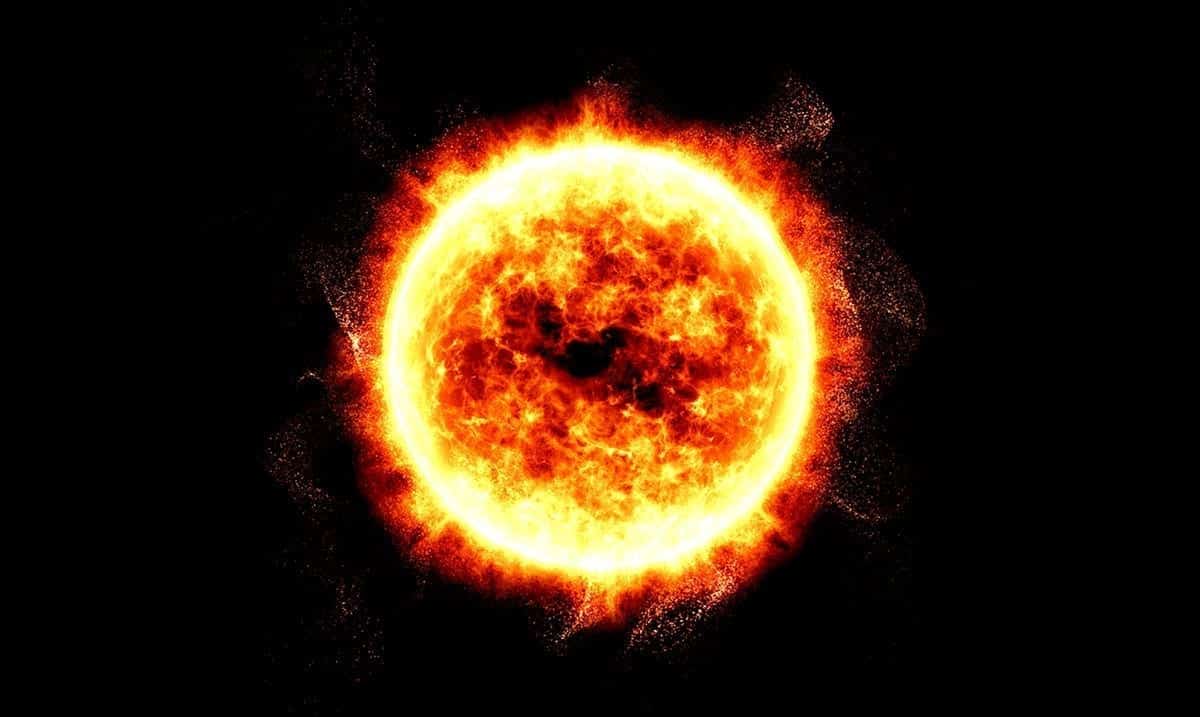This planet we call our home is something always influenced by the Sun itself. You see, the sun is always pushing wind our way and that wind is especially hot but apparently more so than it should be.
Solar winds are something heavily studied but still misunderstood in many ways. These solar winds by the time they reach our planet should be cooled more than they are which has made many try to figure things out more and more. However, it seems in recent times we’ve gained some knowledge. On April 14th of this year, the University of Wisconsin-Madison posted on their website that a study about this had been published and that study is very interesting.
That study published on the same day is in the Proceedings of the National Academy of Sciences and goes over a possible explanation as to why the wind temperature is so much more than expected. It is titled ‘Electron temperature of the solar wind’ and is quite interesting to read through. While not everyone will get behind it, the experiment they did to even things out is a bit mind-blowing.
The abstract for this study goes as follows:
Solar wind provides an example of a weakly collisional plasma expanding from a thermal source in the presence of spatially diverging magnetic-field lines. Observations show that in the inner heliosphere, the electron temperature declines with the distance approximately as Te(r)∼r−0.3…r−0.7Te(r)∼r−0.3…r−0.7, which is significantly slower than the adiabatic expansion law ∼r−4/3∼r−4/3. Motivated by such observations, we propose a kinetic theory that addresses the nonadiabatic evolution of a nearly collisionless plasma expanding from a central thermal source. We concentrate on the dynamics of energetic electrons propagating along a radially diverging magnetic-flux tube. Due to conservation of their magnetic moments, the electrons form a beam collimated along the magnetic-field lines. Due to weak energy exchange with the background plasma, the beam population slowly loses its energy and heats the background plasma. We propose that no matter how weak the collisions are, at large enough distances from the source a universal regime of expansion is established where the electron temperature declines as Te(r)∝r−2/5Te(r)∝r−2/5. This is close to the observed scaling of the electron temperature in the inner heliosphere. Our first-principle kinetic derivation may thus provide an explanation for the slower-than-adiabatic temperature decline in the solar wind. More broadly, it may be useful for describing magnetized collisionless winds from G-type stars.
Because the particles that make up this plasma do not spread out and cool down as quickly as we might expect them to they remain quite hot and their temperature does not decline as much as some would assume it would. While people have been studying these solar winds for a very long time, they’re hard to get actual information on for a number of reasons. This kind of plasma holds lots of different properties. Those working on this study used their lab equipment to study plasma and now believe their information holds a key of sorts. Because some of the electrons cannot break free of the sun’s control, they change everything.
Stas Boldyrev told the University of Wisconsin-Madison as follows on this study and happens to be the lead author:
“Initially, researchers thought the solar wind has to cool down very rapidly as it expands from the sun, but satellite measurements show that as it reaches the Earth, its temperature is 10 times larger than expected. So, a fundamental question is: Why doesn’t it cool down?”
“There is a fundamental dynamical phenomenon that says that particles whose velocity is not well aligned with the magnetic field lines are not able to move into a region of a strong magnetic field,”
“Such returning electrons are reflected so that they stream away from the sun, but again they cannot escape because of the attractive electric force of the sun. So, their destiny is to bounce back and forth, creating a large population of so-called trapped electrons.”
“But some particles can escape, and when they do, they stream along expanding magnetic field lines outside the bottle. Because the physicists want to keep this plasma very hot, they want to figure out how the temperature of the electrons that escape the bottle declines outside this opening,”
“It’s very similar to what’s happening in the solar wind that expands away from the sun.”
“In the solar wind, the hot electrons stream from the sun to very large distances, losing their energy very slowly and distributing it to the trapped population,”
“It turns out that our results agree very well with measurements of the temperature profile of the solar wind and they may explain why the electron temperature declines with the distance so slowly,”
What do you think about this? Could this hold the answers we have been looking for on the topic? I guess only time will tell.

